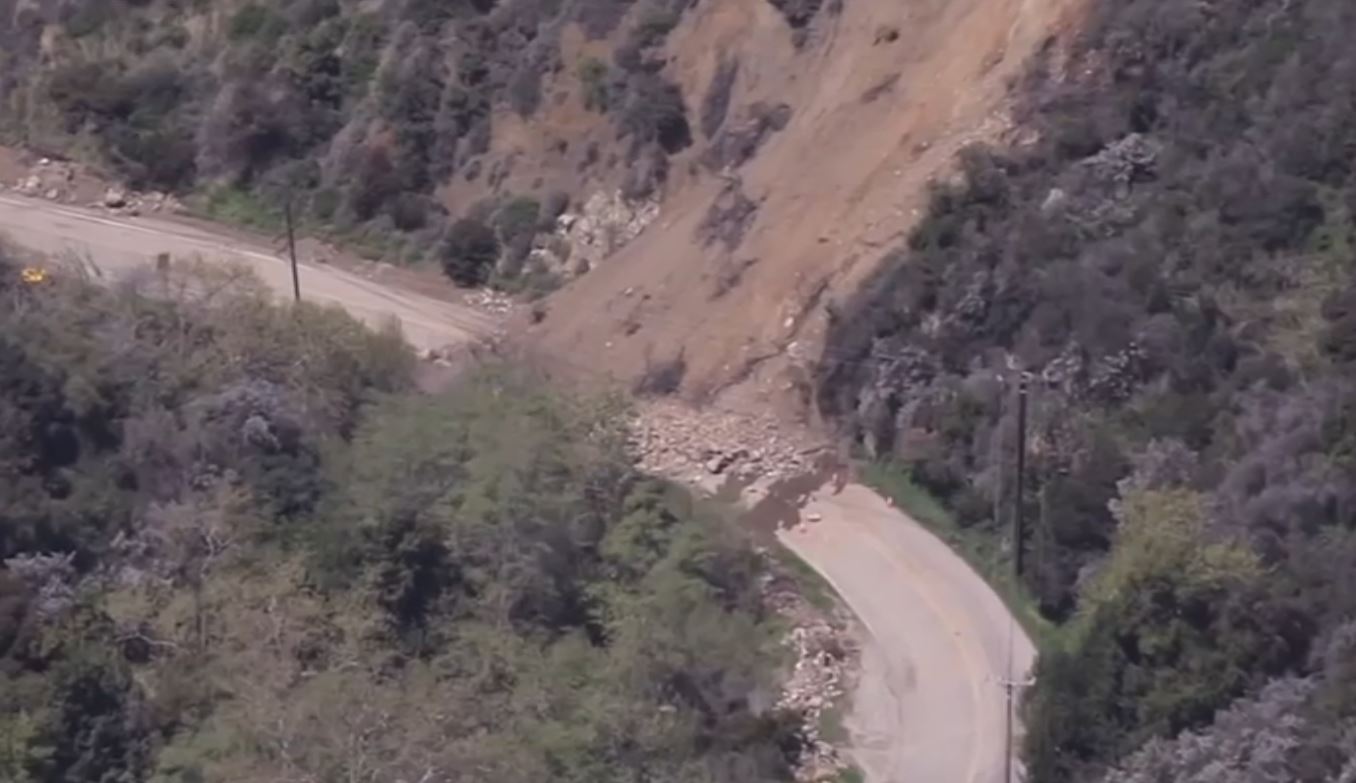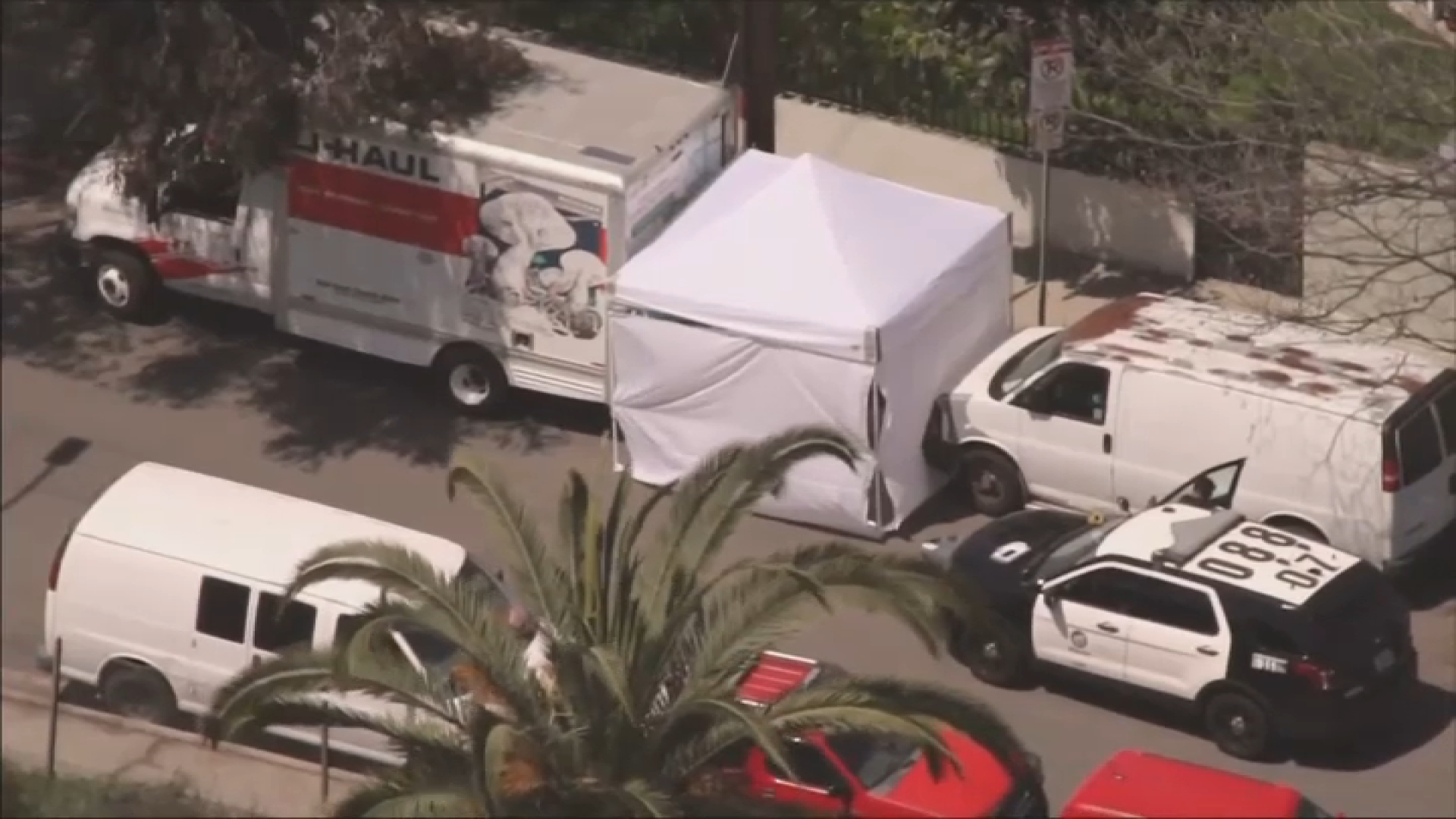What to Know
- A 2014 initiative to reintroduce the California red-legged frog to the Santa Monica Mountains is struggling seven months after the fire.
- The Woolsey Fire burned much of the amphibians’ surrounding habitat, forcing ecologists to restart the species’ restoration efforts.
- Biologists have reported that the source population is going strong with another 78 egg masses found, now totaling 84 this year.
The threatened California red-legged frog population had been flourishing in the Santa Monica Mountains. Then the Woolsey Fire struck and burned much of the rare amphibians’ surrounding habitat, forcing ecologists to re-start the species’ restoration efforts.
A 2014 initiative to reintroduce the California red-legged frog-- the state's official amphibian -- to the Santa Monica Mountains is struggling seven months after the wildfire that rampaged from Ventura County to the Malibu coast. The deadly fire consumed 88 percent of National Park Service land in the area, reducing the amphibians’ numbers by the hundreds and destroying its habitat, according to the National Park Service.
The season of heavy rainfall that followed the Woolsey Fire caused mud and debris to flow into the mountain region's streams, slowing down the species’ repopulation. According to the National Park Service, biologists reported seeing lone frogs after the destruction, but the fire left the breeding pools uninhabitable.
Katy Delaney, a National Park Service ecologist, has led the reintroduction initiative for more than five years. She said they might have to start over after three of the four reintroduction streams were "annihilated” during the fire.
"With three of the four sites, there is no aquatic habitat left and not much vegetation," Delaney said in a press release. "I don't even know if they are alive. They were doing great before the fire."
Delaney said there are remaining pockets in the habitat where the frogs are doing “just OK,” and she hopes the state of these populations improve through the years.
News
Top news of the day
California red-legged frogs need year-round access to deep pools of water, which are not easy to find in the Santa Monica Mountains because of the dry Southern California climate, the National Park Service said. Furthermore, the mountain habitats are infested with invasive species such as crayfish, which prey on frog eggs and tadpoles. According to the Sacramento Fish and Wildlife Office, California red-legged frog habitats are also threatened due to the growth of cities and suburbs, water diversions, and degraded water quality, which can be caused by fires.
Although the Santa Monica Mountains are arid and dry, Delaney said it is “punctuated” with canyons that have streams. She said that before the frogs were released, the restoration organizations conducted a survey of potential habitats in the area, and biologists made sure it was a suitable environment for the California red-legged frogs with access to pristine streams nearby.
According to the National Park Service, the population that was discovered near the Simi Hills in 1999 has served as the source that has replenished the species for the past five years. Biologists said the goal is for the amphibians to mature and breed on their own in the Santa Monica Mountains like they did in the 1970s.
In 2017, biologists saw that some of the reintroduced populations began to reproduce without human intervention.
Though the Woolsey Fire destroyed many of the reintroduction habitats in 2018, the source population in the Simi Hills survived mostly unscathed because the location is less steep, which prevented the debris from flowing into the amphibians’ breeding pools and streams. A team of biologists discovered six egg masses, but Delaney said the frogs looked skinny and would not successfully breed.
Delaney received help from the Santa Barbara Zoo, and hatched 1,000 tadpoles in quarantined tanks there. The tadpoles were split and deposited into two reintroduction sites-- one that was relatively unscathed by the fire and one that suffered a lot of damage. Delaney said the tadpoles haven’t been seen since their release, but that is not unusual.
Biologists have reported that the source population is going strong with another 78 egg masses found, now totalling 84 this year.
“Between 50 and 100 years ago, the frogs have become rarer and rarer, and have basically been driven to extinction in the Santa Monica Mountains. We are trying to restore the ecosystem that was here 50 to 100 years ago and increase the number of frogs and the habitats for them,” Delaney said.



